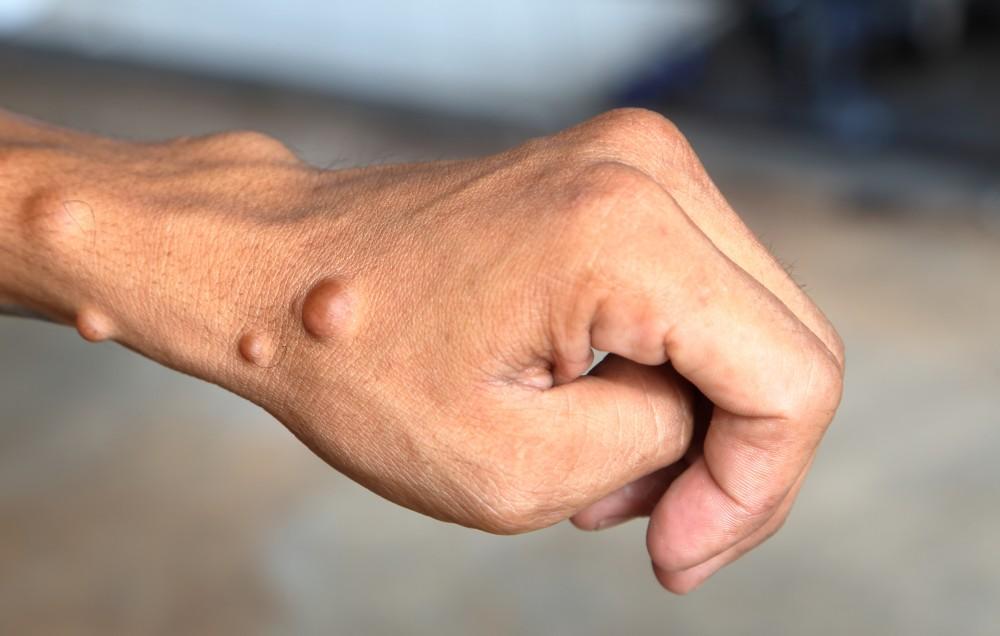Neurofibromatosis (NF) is a relatively uncommon genetic condition that can cause hundreds of superficial tumors to grow on your skin. Worldwide, NF affects about 2 million people, many of them children.
At Vida Bela Plastic Surgery in Plano and Frisco, Texas, Chelsea Snider, MD, helps NF patients relieve symptoms and eliminate tumors that can cause pain, itching, and disfigurement. If you have neurofibromatosis, here’s how she can help you.
ABCs of NF
Neurofibromas are tumors that grow on nerve tissue. NF can affect your central nervous system (your brain and spinal cord) as well as peripheral nerves anywhere in your body.
Most neurofibromas are benign, but they can still cause debilitating symptoms affecting hearing, vision, pain, and physical deformity. Larger neurofibromas can become malignant in some cases.
Three types
Neurofibromatosis can be divided into three types, each type involving different genes.
NF1
NF1 is the most common, occurring in about 1 out of every 3,000 births. Symptoms tend to begin shortly after birth and can include:
Pale brown spots on the skin
Bumps or lumps under the skin
Bone deformities
Children with NF1 may also have learning disabilities.
NF2
NF2 is rarer, affecting about 1 out of 25,000 people globally. Symptoms typically begin between adolescence and young adulthood. NF2 causes tumors to grow inside the ears, often resulting in hearing loss.
Schwannomatosis
Schwannomatosis is the rarest type, with symptoms usually appearing when a person is in their 20s. This type of NF causes tumors to form on the cranial nerves, spinal nerves, or peripheral nerves, often resulting in considerable pain.
Neurofibromatosis treatment options
Dr. Snider is skilled in state-of-the-art neurofibromatosis treatments, focusing on two effective techniques to remove the skin growths associated with NF.
Electrodessication
Desiccation means drying out, and electrodessication is a nonsurgical technique that uses a targeted electrical current to dry out and destroy tiny, pinpoint, superficial skin growths. Dr. Snider can use electrodessication to destroy many tiny tumors in just one procedure, dramatically reducing treatment time, as well as decreasing the risk of scarring.
During the procedure, Dr. Snider applies the tip of the probe to each lesion. A tiny burst of electrical current dries up the lesion without causing damage to other tissues. Afterward, each treated area will heal and be replaced by new, healthy skin.
Depending on how many tumors are being treated, Dr. Snider may recommend a local anesthetic to numb the area or general anesthesia to keep you comfortable while she treats a larger area. Your treatment is customized based on your skin type, the number of lesions being removed, the area where the lesions are located, and other factors.
Surgical excision
Surgical excision uses a scalpel or other tool to surgically remove growths. As with electrodessication, Dr. Snider can remove multiple tumors in one procedure, reducing the amount of operations you’ll need to achieve optimal effects.
Because of their composition and the ways they affect the tissue surrounding them, NF growths present several challenges during surgery. Hormones released by NF growths can sometimes interfere with normal blood clotting, and changes to the surrounding skin can result in sagging and other changes after surgery.
Dr. Snider has extensive experience in successfully removing NF growths using advanced surgical techniques and a completely customized and patient-centered approach. After tumor removal, Dr. Snider employs state-of-the-art reconstruction techniques when needed to address sagging and other changes that can occur in the treatment area.
Learn more about NF treatment
Neurofibromatosis can have a profound effect on your comfort and your quality of life. To learn how Dr. Snider can help, call or book an appointment online at Vida Bela Plastic Surgery today.

